This was published 4 years ago
No place like home: Six Australian destinations to set you dreaming
By Michael Gebicki
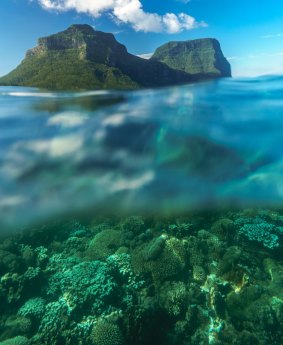
Majestic Lord Howe Island. Credit: Getty Images
It's an astonishing place, this country of ours, and its capacity for the miraculous will leave you lost for words. From Tasmania's chilly central highlands to the tropical north, these destinations will bring you a sense of wonder.
THE HIGH ROAD
Great Ocean Road, VIC
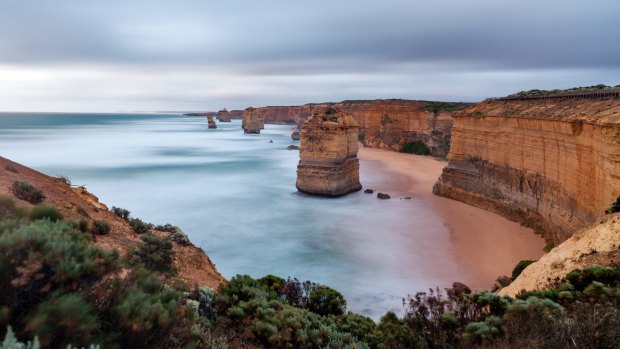
Great Ocean Road, Victoria.Credit: Stocksy
It's one of the world's great drives, an epic, freewheeling romp along the southern hemline of the Australian continent with not a dull moment in its 250 kilometres.
The Great Ocean Road begins at Torquay, home to the world's largest surf museum and full of shops with thumping music staffed by bleached-blonde, spiky-headed youths.
Between Torquay and Aireys Inlet, the road hovers above a saucer of blue sea enclosed by a long spit that ends at Split Point Lighthouse, a tapering needle beneath a fire-engine red cap. The next stop, fashionable Lorne, is one cool customer, a town with style, breezy manners and a Mediterranean taste in cafes.
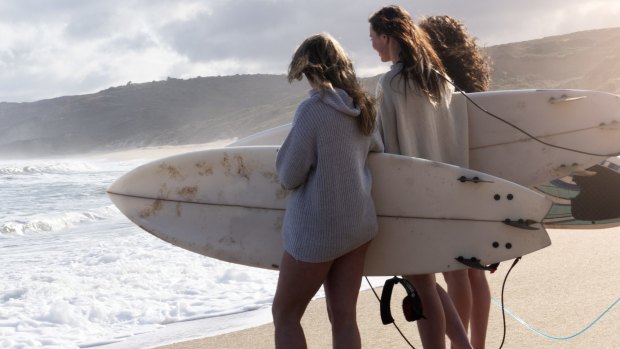
Surfers near Torquay, Victoria.Credit: Getty Images
Beyond Apollo Bay, the Great Ocean Road ducks inland to skirt Great Otway National Park, where soaring forests of messmate, manna gums and mountain ash erupt from an understorey of tree ferns that surround them like lacy green petticoats.
The road returns to the coast at Princetown and the scenery meter runs off the dial. Here, the limestone cliffs along the southern fringe of the continent are besieged by a raging ocean that has left tall pillars of rock stranded out at sea.
The scenery reaches its peak postcard moment at the Twelve Apostles and its photogenical rock stacks. You can almost hear the "oohs" and "aahs" as cars round each corner to be confronted with an even more spectacular combination of cliffs, islands and battering sea, each demanding a stop.
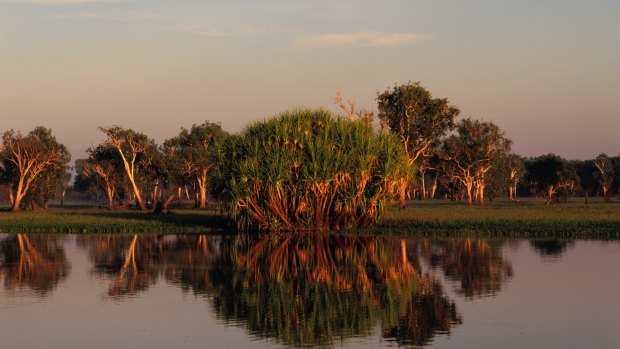
Wetlands in Kakadu National Park.Credit: Getty Images
NATURAL BEAUTY
Kakadu National Park, NT
At Kakadu, about 150 kilometres east of Darwin, another country begins. Our first national park to be included on the World Heritage List, Kakadu's wildlife, landscape and its treasury of Aboriginal cultural sites set it apart from every other part of the country.
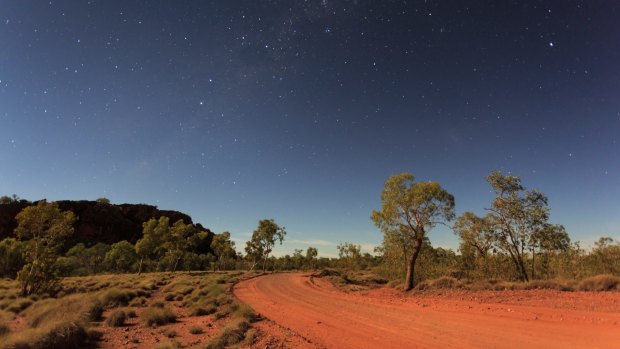
WA’s rugged Kimberley region.Credit: Getty Images
Kakadu encompasses numerous rivers, including the entire South Alligator River system. Water brings life to this ancient land, and as the South Alligator courses toward the sea it sculpts a landscape of rare beauty, carving palm-fringed waterways and deep gorges from the rainforest.
Water plus heat creates a humid environment, triggering an explosion of insect life. Insects attract frogs and fish, which provide meals for snakes and birds, and so the food chain cycles upwards to end with a snap in the jaws of Kakadu's saltwater crocs. More than 75 species of reptiles and a third of all Australian bird species are found here.
This natural abundance provided the Indigenous people of Kakadu with a rich source of food, while the sandstone caves and rock shelters of the Arnhem Land Escarpment gave them shelter. Where they camped they daubed the walls with charcoal, clay and ochre, creating galleries of some of humankind's oldest art.
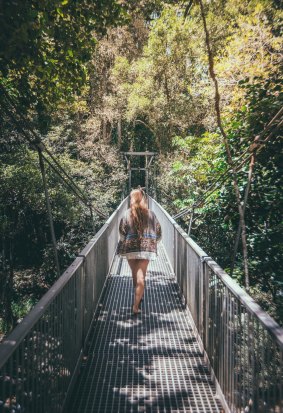
Walking through the Daintree rainforest.Credit: Getty Images
Countering its sun-blistered majesty, Kakadu shows its gentle side through its waterfalls and rock pools. At Barramundi Gorge, gushing water has hollowed a succession of natural spa baths, perfect for cooling off at the end of a dusty day. Perfect, too, for cooling the wine.
ISLAND LIFE
Lord Howe Island, NSW
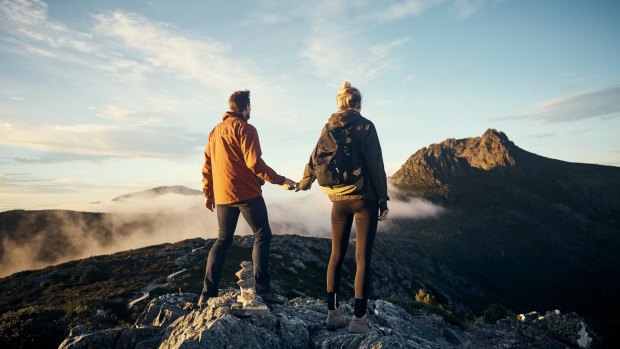
The wild Central Highlands of Tasmania.Credit: Getty Images
One of our quiet surprises, Lord Howe Island barely registers with the wider world, and there are plenty of Australians who prefer it that way.
This is an island of extremes, with cloud-rimmed volcanic peaks that soar from the sea and soft kentia palms that stroke your arms on its forest trails. Regal banyan trees shade the interior while the island is fringed with crashing surf, white-sand beaches, the world's most southerly coral reefs and giant rock pools.
The sea life is phenomenal. In the surrounding waters, warm and cool currents collide, spawning a marine ecosystem that includes giant clams, sea turtles, clownfish, lionfish, tuna, butterfly fish and an endemic species, the doubleheader wrasse. The island is also a perch for exotic species of sea birds on migratory journeys that might take them as far north as Siberia or south to New Zealand.
So much natural bounty is invigorating. Everyone swims, snorkels, hikes, fishes, bicycles or takes up birdwatching or golf – the latter for the sheer pleasure of whacking a ball around the glorious nine-hole course.
Tourism is the mainstay of the island's economy, although numbers are strictly limited by the 400 beds available to visitors. The two luxury options are Arajilla Retreat, a smart and stylish enclave of good living shaded by a canopy of kentia palms and banyan trees, and Capella Lodge, which takes beach house chic to a whole new level with its urban-smart menu and views straight from heaven.
TREASURE CHEST
Daintree Rainforest, QLD
A hundred clicks north of Cairns, after its long game of hide-and-seek with the Coral Sea, the Captain Cook Highway splits and a spur road turns toward the Daintree River.
From the ferry crossing both banks look much the same, a tangle of tropical foliage rising to saw-toothed green peaks, but on the north bank is Daintree National Park, an ecological treasure chest and UNESCO World Heritage area. A habitat for a third of Australia's frog and marsupial species, a fifth of our bird species plus reptiles and butterflies, this is a remnant of the forest in which flowering plants first appeared on our planet.
Activities and accommodation are based around Cape Tribulation. Nowhere else on the Australian coastline do coral reef and rainforest exist in such proximity, and it is this happy coincidence, and the area's barefoot manners, that make it special.
Tourism developed here to serve the backpacker market and tours, including rainforest treks, crocodile cruises and four-wheel drive safaris, still have a low-key, back-to-nature flavour.
One of the best things you can do is to take an Ocean Safari cruise out to Mackay Cay, a comma of bleached sand completely bare except for the driftwood piled up along the high-water line. The cay is ringed by a mantilla of blue-green coral which is liberally furnished with fishy life, sea turtles and giant clams, in colours that would shade a Tour de France peloton.
INTO THE WILD
The Kimberley, WA
A wild, arid plateau at the top end of Western Australia, the Kimberley covers an area almost twice the size of Victoria yet barely 30,000 people call it home. It's a place where cattle stations are measured in millions of hectares, where the trees come from Africa and the climate comes from a furnace.
Rather than Highway 1, which skirts the ranges that girdle the southern flanks of the region, the way to experience the Kimberley is the Gibb River Road, the old cattle route which cuts a diagonal slash across the heart of the region from Kununurra to Derby. In place of Highway 1's motels and tour buses, the Gibb River Road will give you the weathered stumps of mountain ranges the colour of old iron, river gorges inscribed with the totemic designs of Aboriginal artists and a spine-tingling sense of achievement.
These days, the journey has been softened by station accommodation, but camping is a great option, particularly at the river gorges. Typical is Manning Creek, on Mount Barnett Station. Barely a two-minute walk from the campsite, a trail ends at a large rock pool where paperbarks and pandanus palms lock branches above the water lillies.
There are any number of similar gorges along the Gibb River Road – Bell, Adcock, Lennard – each a reworking of the same elements of sand, rocks, shade and cool water.
WALK IN PARADISE
Cradle Mountain-Lake St Clair National Park, TAS
At the northern fringe of Tasmania's World Heritage Area, Cradle Mountain-Lake St Clair National Park is a chapter from the cold-climate book of earthly wonders. Carved by ancient glaciers, this dramatic landscape of lakes and peaks is occupied by plant species that date from the time when Australia and Antarctica were fused.
It's a paradise for walkers, and the easier options are to be found at the foot of Cradle Mountain, its jagged profile casting a mirror image across the waters of Dove Lake, surrounded by forests of olive green beeches and amber-tipped King Billy pines. Resist the urge to yodel and set off along some of the nearby trails: the King Billy Track, Marions Lookout or the Dove Lake Circuit.
The more rugged option is the 65-kilometre Overland Track, which departs from Cradle Mountain and winds through peaks, lakes and mossy forests. It can be done either as a DIY option or as a guided walk with accommodation in cosy huts.
Just inside the national park boundary, Cradle Mountain Lodge looks like a stage set for a lumberjack town, a loose array of timber cabins, some with a twist of smoke curling from the chimney, set beside a frisky mountain stream. The cabins come in four versions, from Pencil Pine Cabins to the undiluted decadence of the King Billy Suites, with a hot tub planted on the deck and a two-person spa.
This article appears in Sunday Life magazine within the Sun-Herald and the Sunday Age on sale March 1.
Sign up for the Traveller Deals newsletter
Get exclusive travel deals delivered straight to your inbox. Sign up now.